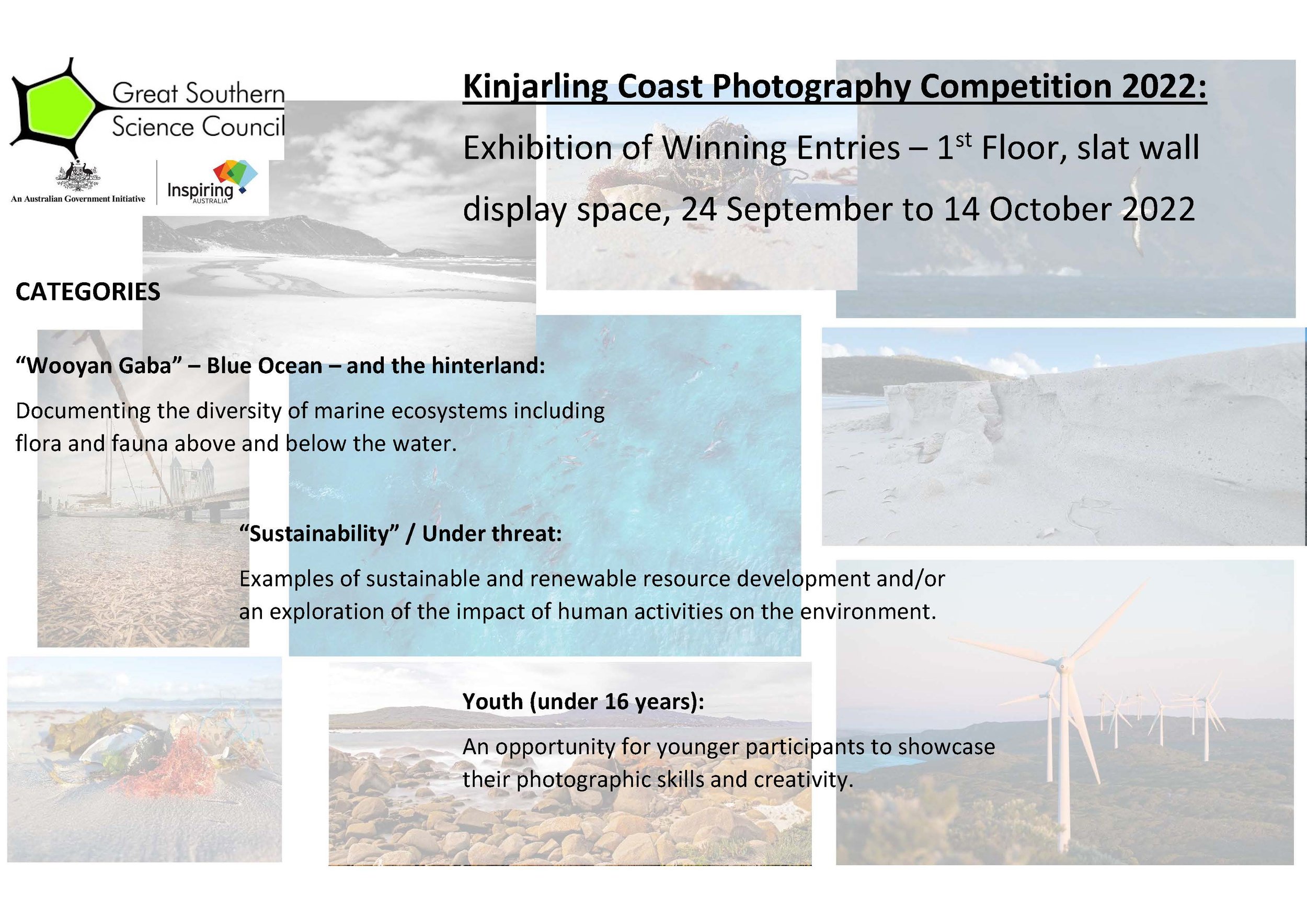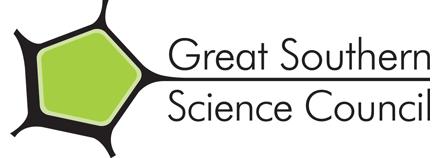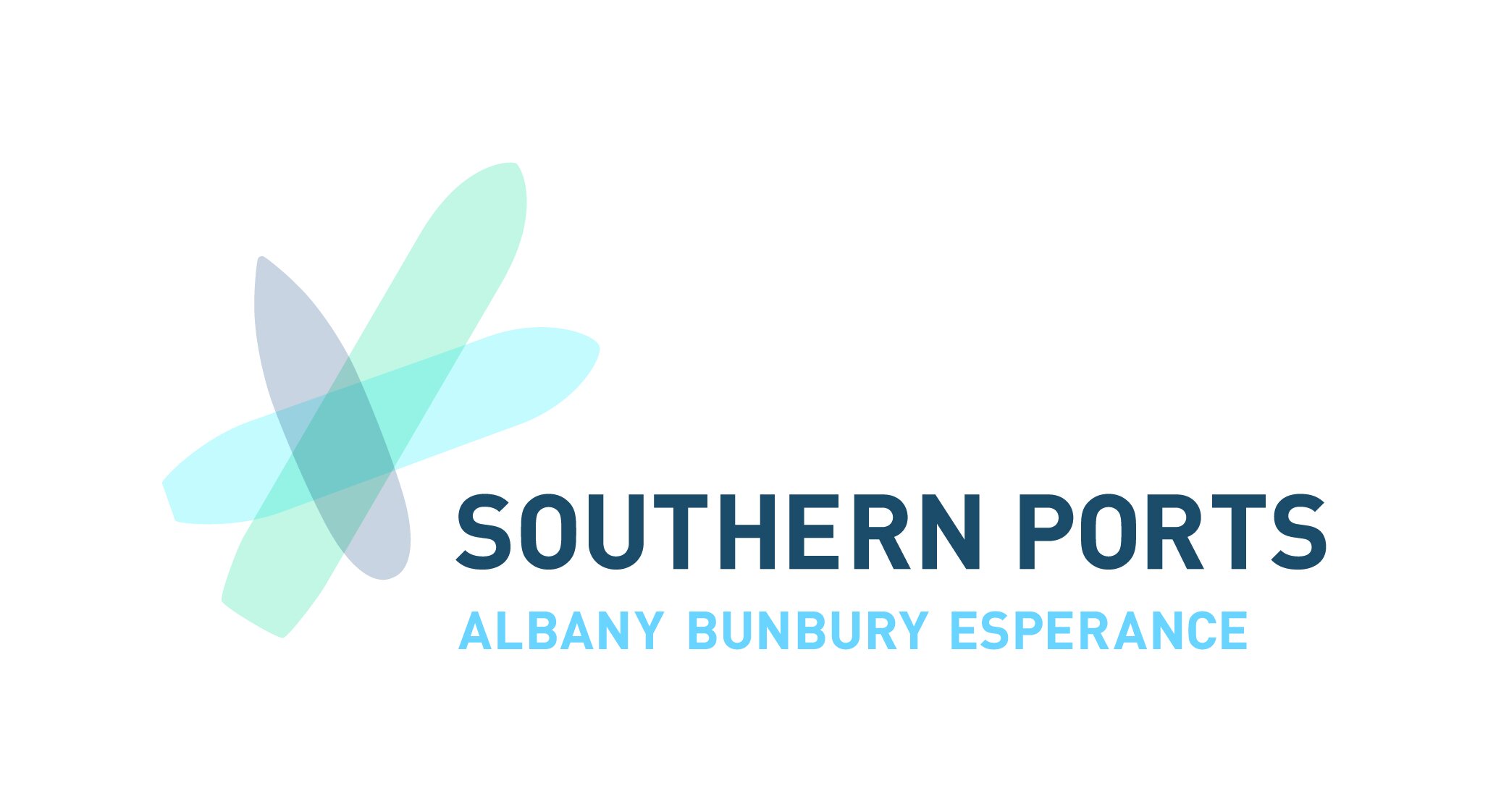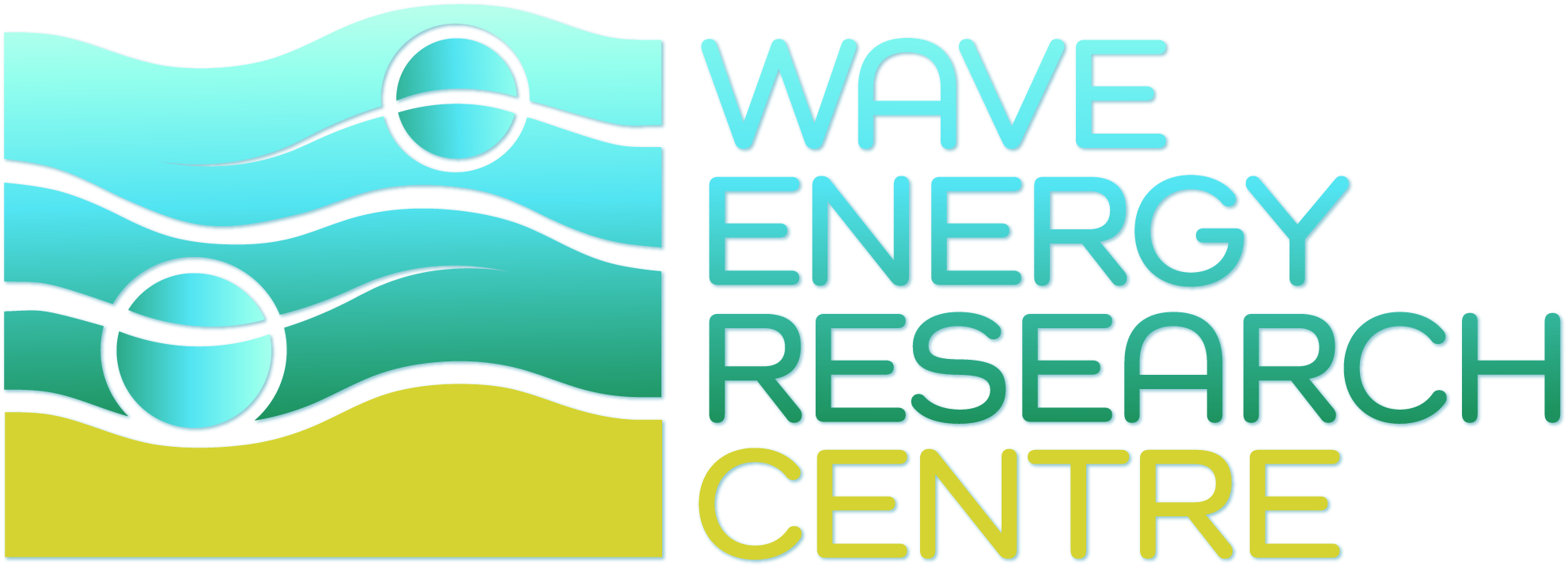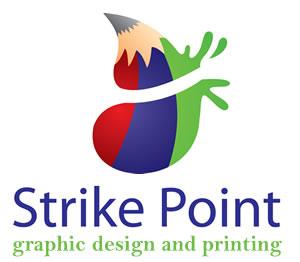The Science of Grapes and Wine Revealed in South West Western Australia
/The highly knowledgeable speakers at The Science of Grapes and Wine, Rob Diletti (left) and David Botting (right). Photo credit: Andrew Storrie
In February 2016 the Great Southern Science Council and South Coast NRM hosted The Science of Grapes and Wine where two experts in grape growing (viticulture) and wine making (oenology) helped unravel the science behind the production of high quality wines in southern Western Australia.
Rob Diletti, the James Halliday Winemaker of the Year 2015 and winemaker for Castle Rock Estate and several other wineries, and David Botting, Howard Park's Chief Viticulturist, both fascinated the audience with the complexity of making great wine.
David Botting explained how vineyard site selection is critical for the production of best quality grapes to produce high quality wine. Factors important in site selection and vineyard layout include:
aspect, or direction the slope faces
topography and erosion management
elevation
soils – are highly variable across a field and must be mapped and tested
All this goes into making what the French call "terroir". This is the complete environment that gives wines their particular regional or vineyard character. David demonstrated the effect of terroir with a tasting of riesling from two different Howard Park blocks.
David highlighted regional innovation in viticulture needed when in 2010 the Great Southern and Margaret River experienced a significant heat spike before harvest. This, combined with low humidity and wind, shrivelled grapes on the vine and tested the skills of the wine makers. This prompted David to adapt a technique apple growers use to prevent sunburn to apples to wine grape production (mvcitrus.org.au/mvcb/wp-content/uploads/2012/09/Sun-Protection-Manual-for-Fruit.pdf). Apple growers spray fruit with “sunscreens” or use shade cloth systems. For the great southern grapes in Western Australia, shade cloth was placed on the western side of north-south orientated vines during berry set, yet in such a way to allow air flow to minimise fungal diseases of the grapes. This has become an important technique in maintaining grape quality during recent years.
David noted smoke taint of grapes as a big problem for wine makers. Smoke taint can give the wine unpleasant burnt flavours. Collaborative research between growers, the Department of Agriculture & Food WA and the University of Western Australia has produced an on-line risk calculator to help wine producers decide if they can use grapes that have been affected by smoke www.agric.wa.gov.au/fire/wine-grape-smoke-effect-reduction-smoke-taint-risk-calculator-star.
For Rob Diletti wine making is equal parts art and science. "I use a number of scientific processes in every aspect of my wine production" said Mr Diletti. The science is a combination of botany, microbiology, physics and chemistry, while the art comes from experience and the love of what he produces.
Pressing the grapes produces a cloudy juice that is full of solids and nutrients. When producing white wine, settling tanks allow much of the solids to sink to the bottom with the clear juice pumped from the top. Nitrogen can be bubbled through the juice to float solids which are then removed from the surface. White wines are filtered then stabilised with a protein.
Red wines get their colour and flavour from the skins. Carbon dioxide will lift the skins and solids to the vat surface and must be plunged back up to three times per day. The tannins and phenolic compounds give red wine their added "character" but this must be carefully managed. When fermentation is complete the developing wine is barrelled where slow oxidation changes and 'softens' these compounds.
Informal discussions at Due South Tavern following The Science of Grapes and Wine. Left to right: Shane Wilkes, Howard Park Wines; Rob Diletti, winemaker; Jennifer Scott and Beverley Bradshaw. Photo credit: Andrew Storrie
Fermentation is a complex event as the yeast must be carefully managed in their conversion of sugars to alcohol and carbon dioxide. Cooling the wine is used to manage the rate of fermentation. The multiplication of the yeast is also limited by the alcohol they produce. Rob believes in using natural yeasts in the fermentation of his wines.
Following the presentations, participants gathered for wine and nibbles in Due South, where Rob and David discussed their work and answered questions in a relaxed atmosphere.
This Science in Our Community event was an initiative of Great Southern Science Council with support from the Australian Government Initiative Inspiring Australia, Due South, South Coast NRM and our presenters, to encourage science engagement and conversations in south west Western Australia.
To get involved in future events, email Liz Tanner.
Andrew Storrie
